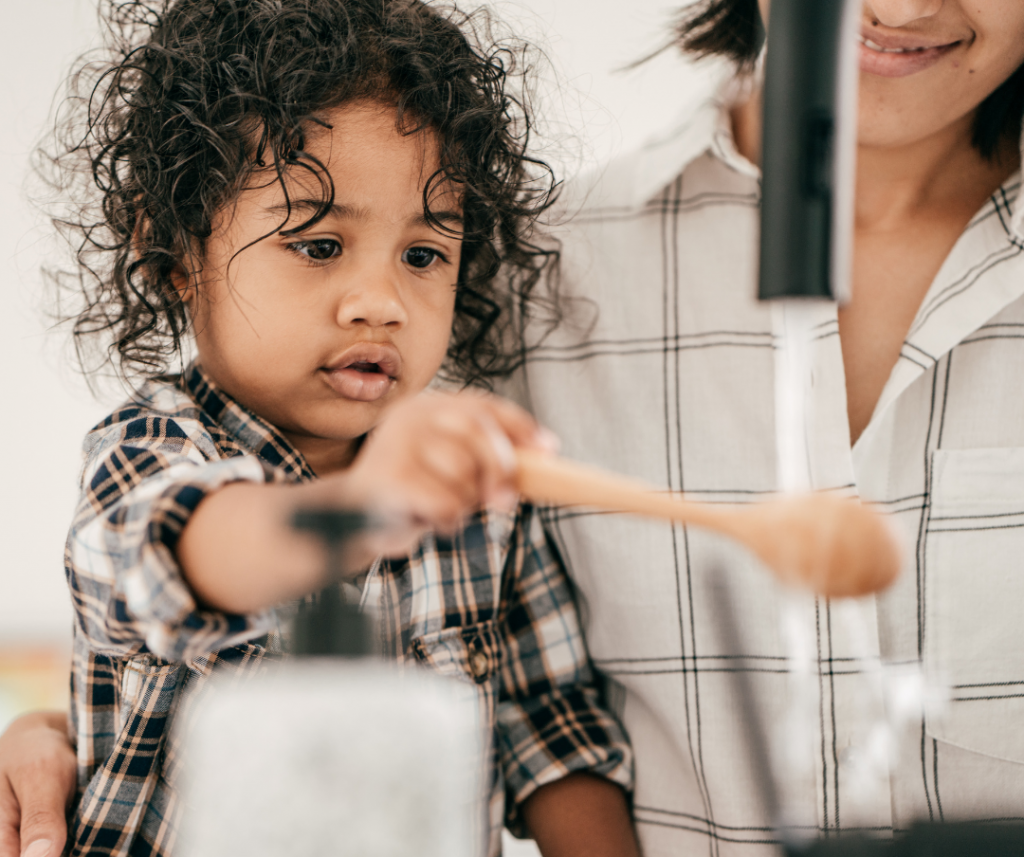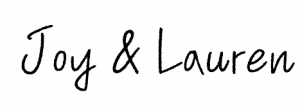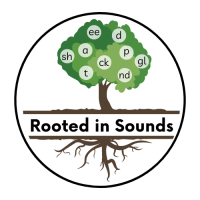
Language development is the cornerstone for reading. It underpins communication and understanding and occurs over many years. The ability to express oneself (expressive language) allows for ideas, thoughts, opinions, and feelings to be communicated. In addition, the ability to understand what is being said (receptive language), allows for questioning, comprehension and interpretation; each skill is needed for life.
Do provide a language rich environment for your child as this is essential to their reading journey,
1
Talk about the day, explaining what you are doing and what you will do next, engage your young child in the narration of what you will do next. E.g. I am going to get your breakfast and then get your bath ready. Shall we go to the park today?
2
Speak using the correct words for objects rather than using baby speak. Sometimes it’s thought of as cute to repeat the word the way that the young child says it. Providing the correct word, highlights good modelling for language development and the opportunity for the young child to hear the word spoken correctly.
3
Listen to your child’s response whether babbling or with words that you can recognise and understand, then continue to engage back-and-forth in an exchange. E.g. So after the park we will go to the shop to get some fruit. Shall we get bananas? Child responds…. Parent continues, I know, bananas are your favourite.
4
Expand on what your child says by adding more information to what they say as this will help to build their knowledge and vocabulary. E.g. Shall we get bananas? Child responds, wan nana. Parent responds: Do you want a banana?
5
Do spend time reading together. Allow your child to choose books to read and then turn the pages. Children not only need to be taught concepts of print, the direction that words go in and what a word is, but also how to turn pages delicately.
Until next week,

